Nothing can hide the light that shines from within. But when the light comes from your computer monitor, it could stop shining.
I am talking about the brightness slider that is not functioning correctly and restricting from adjusting the monitor brightness.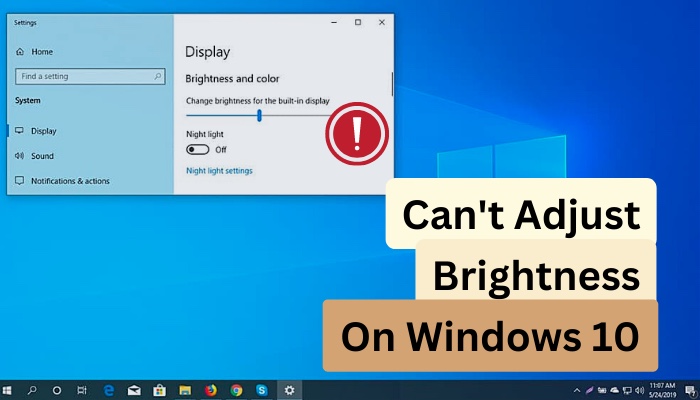
The situation gets worse when your eyes start hurting because of the high brightness. So let’s have a look at how to resolve the issue.
Why Can’t I Change the Screen Brightness on Windows 10?
Sometimes, the screen brightness controller fails to adjust brightness for various reasons. When the function keys of your laptop are stuck or on, you cannot change the screen brightness. An outdated driver also restricts users from accessing this feature.
Adjusting the brightness is simple, but the situation worsens when the brightness slider stops working. Most laptop users need to adjust device brightness frequently to save battery life.
However, desktop users can use the monitor brightness settings to change the brightness. But when nothing works, you must tweak several scenes to make the brightness slider work again.
If your laptop or desktop brightness function is not working, keep reading to resolve the issue and make the slider work again.
How to Fix Brightness Is Not Changing on Windows 10
The brightness slider stops working in most scenarios because of an outdated driver. You can use Windows Mobility Center, Display Settings, or Command Prompt to change the brightness. Besides, updating display drives and re-enabling the PnP monitor driver helps to resolve the issue.
The brightness slider missing is a common issue in Windows operating systems. Sometimes, Windows 11 users found the brightness slider missing issues on their machines. To resolve the brightness problem in Windows 10, go through the following methods.
Here are the methods to fix brightness not changing on Windows 10:
1. Update Display Adapter Drivers
Outdated display drivers can lead to several problems, such as a green screen of death in Windows 11, the monitor going black for a second, and brightness not working in Windows 10.
Updating the display driver can solve most of the issues. The updating process is more straightforward with the Device Manager. Consider the subsequent instructions to update display adapter drivers.
Here are the steps to update display adapter drivers:
- Press Windows + X and choose Device Manager.
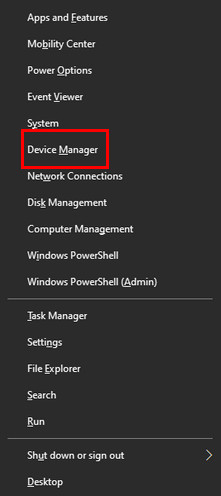
- Expand Display adaptors by clicking on the arrow button.
- Right-click on the driver name and select Update driver.
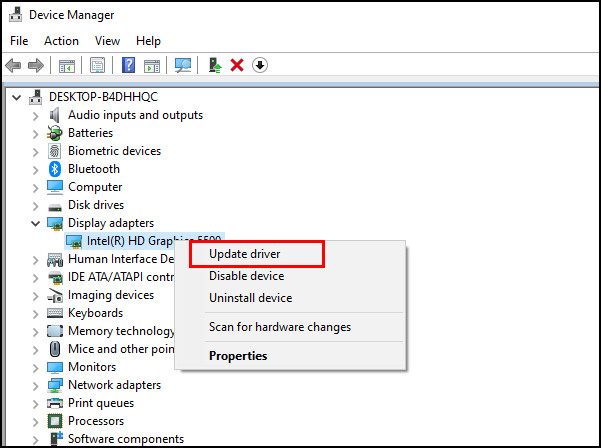
- Select Search automatically for drivers.
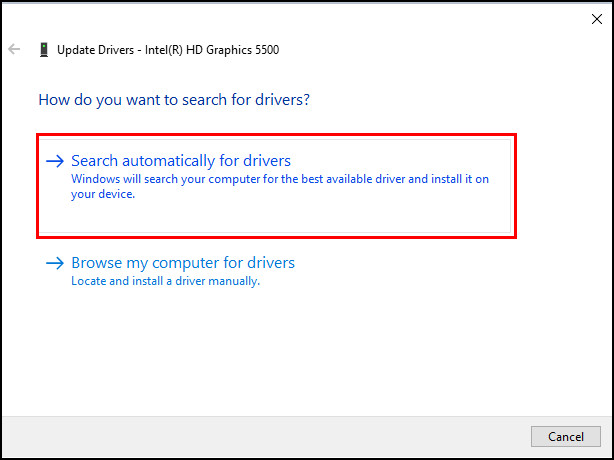
Device Manager will search and install the best available driver for your device. Once the driver is updated, restart your computer and try changing the brightness.
2. Use Windows Mobility Center
Windows Mobility Center allows you to adjust brightness, along with sounds. Press Windows + X keys and select Windows Mobility Center. You can use the Display brightness slider to adjust your device brightness. 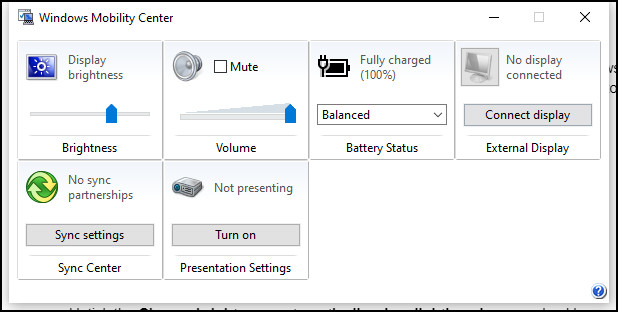
3. Use System Settings
You can use Settings to adjust brightness and disable the automatic brightness level. Go through the procedure below to use System Settings.
Here is the procedure to adjust computer brightness using the brightness slider:
- Press Windows + X keys and select Settings.
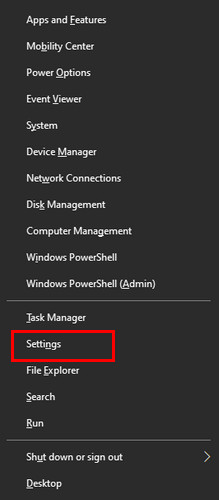
- Navigate to System > Display.
- Untick the Change brightness automatically when lighting changes checkbox.
- Use the slider under Brightness and color to change the brightness.
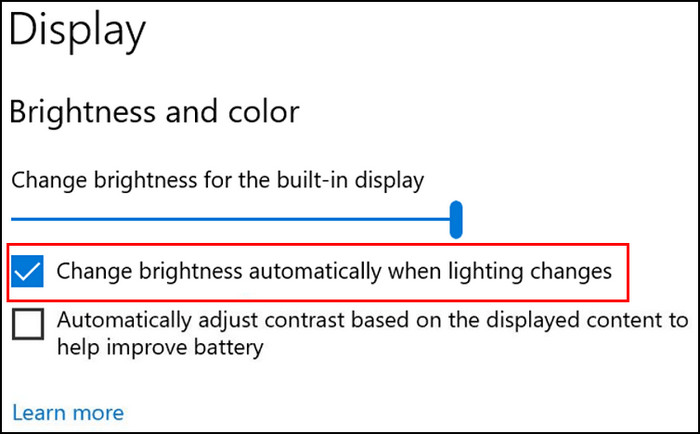
The above steps should resolve your issue. If the problem persists, you can re-enable the PnP monitor driver to solve the problem.
Check out the easiest way to enable Windows Hello in Windows 10.
4. Enable PnP Monitor Driver
PnP stands for plug and play, and it is used to run monitors with plug-and-play technology. This driver can conflict with some driver or system updates.
If you use a generic PnP monitor, it’s worth following the subsequent procedure to resolve Windows 10’s brightness issues.
Here is the process to enable the PnP monitor driver:
- Press Windows + X and choose Device Manager.

- Expand Monitors by clicking on the arrow.
- Right-click on the Generic PnP monitor and check whether it is enabled or disabled.
- Click on Enable device if it is disabled.
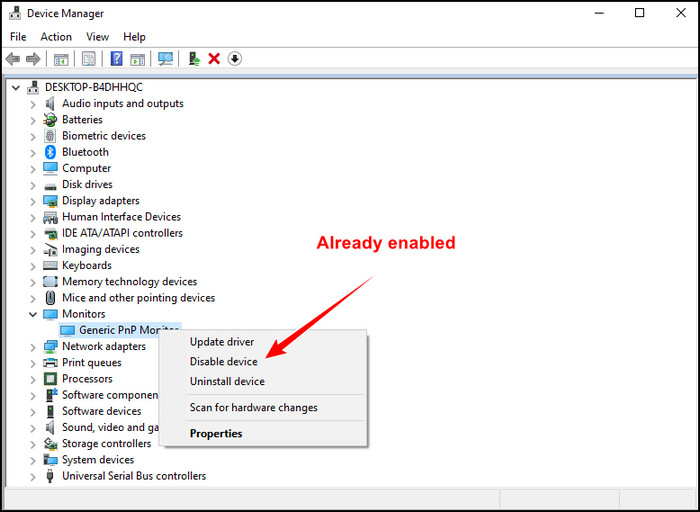
You can also run a quick scan for hardware changes by navigating to Action > Scan for Hardware Changes. It can help you by triggering the system to recheck the drivers.
5. Use Command Prompt
If none of the above methods works for your machine, use Command Prompt to change brightness.
Click on the Start button and search for CMD. Select Run as administrator and enter the following command.
powershell (Get-WmiObject -Namespace root/WMI -Class WmiMonitorBrightnessMethods).WmiSetBrightness(1,100) 
You can adjust your computer brightness effortlessly by changing the value from 100 to any number between 1 to 99.
Here’s a complete guide on how to enable all Cores in Windows 10.
Frequently Asked Questions
Why is my Fn key’s brightness not working?
If a function key is already on or stuck, the Fn key’s brightness will not work. Ensure no button is stuck and check for driver updates.
How to adjust brightness in Windows 10?
Open the Notification panel by clicking on the notification icon from the bottom left corner or press the Windows + A keys. Then use the Brightness slider to adjust brightness.
How to fix the laptop brightness that won’t change on Windows 10?
If your laptop brightness is not changing, you can run drivers in Compatibility Mode, update the driver, roll back to the old driver, or reinstall graphics drivers.
Final Thoughts
If you are a laptop user, a long screen time with high brightness can damage your eyes. So whenever you face the brightness slider not working issue, you must take action immediately.
This article has briefly covered all reasons and resolutions to adjust brightness effortlessly. Just press Windows + A keys and use the brightness slider instantly.
Let me know which method you find helpful.



